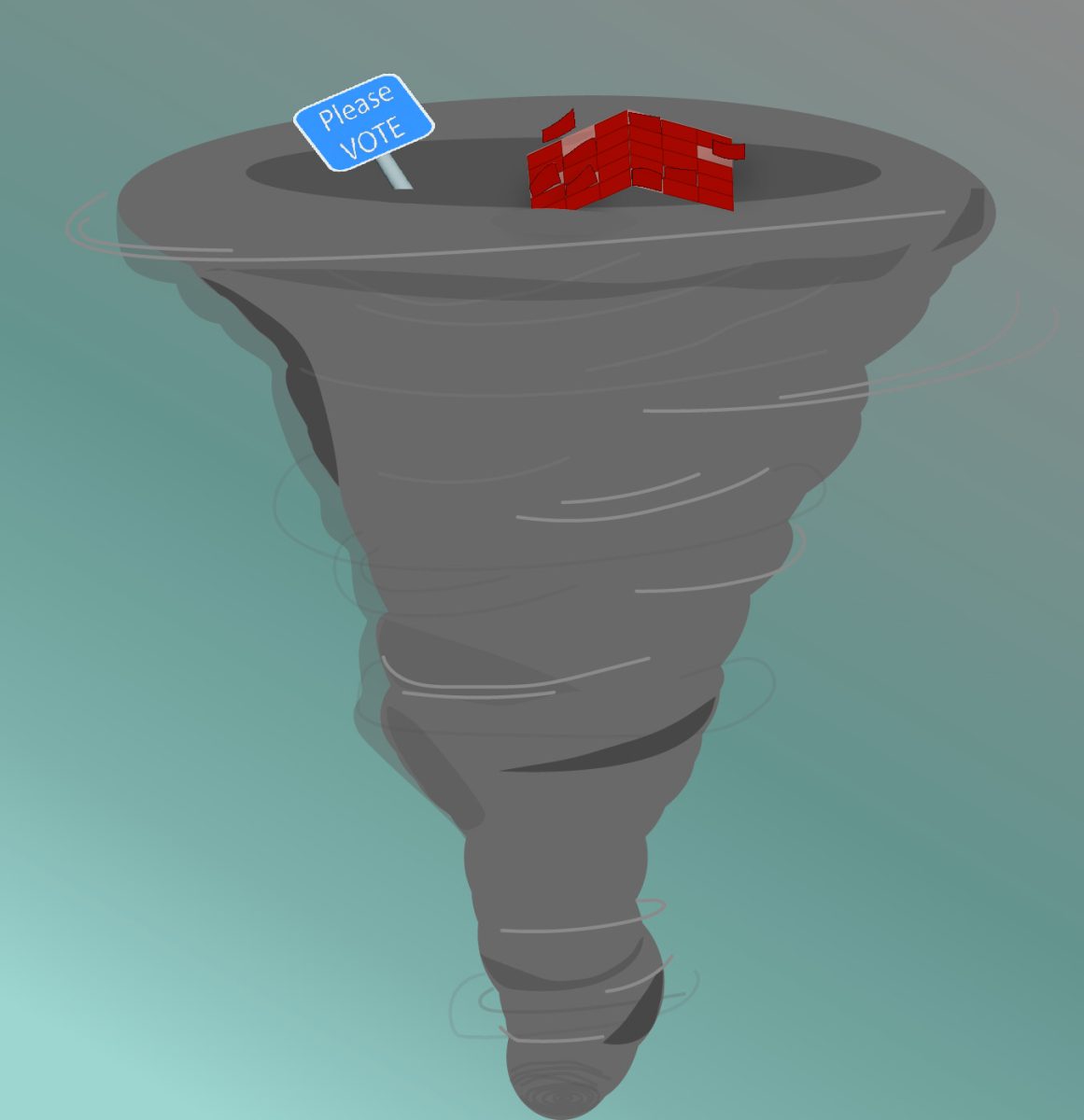In Arkansas last month, the 65-year-old pipeline Pegasus formed a rupture that was 22 feet long and two inches wide. Over several days, the pipeline dumped thousands of gallons of oil into residential Mayflower, causing evacuations of 22 homes and soiling about 6,000 cubic feet.
State Attorney General Dustin McDaniel said Wednesday, April 10, “The pipeline rupture is substantially larger than many of us initially thought….We still do not know how much oil was released. We still do not know the exact makeup of the crude itself, of the chemical solvents used in the transportation process.”
While monetary damages are not yet known, health in and around the 22-house evacuation zone may be on the decline. Several cases seem to contradict Exxon’s reports that the air is safe to breathe outside the clean-up area. Sherry Appleman, who lives outside the evacuation zone on Lake Conway, said that on the night of the leak she “couldn’t breathe” and that her “throat and nose and eyes were burning really bad,” according to the Huffington Post.
April Lane, chair of school health and safety with the Faulkner County Concerned Citizens Advisory Group, has performed her own investigation of the air quality.
“A lot of the released chemicals—benzene, hydrogen sulfide, toluene—are still extremely toxic, especially to children, the elderly and pregnant women, at very low levels….Claiming that the air is okay is simply inappropriate and unsafe,” said Lane, according the Huffington Post.
At the center of all this is the Northern Route Approval Act, which has had a bit of a forced crux during its 45-day public comment period due to the spill.
The act would approve TransCanada Corp’s proposed pipeline, which would cross the Canadian-United States border and carry oil from Canada’s oil sands, the world’s third richest oil deposit, through the rest of the already approved sections of the Keystone XL pipeline. The pipeline would start in Nebraska and transport the crude tar sands to refineries in Texas. Environmental and national concerns have kept the bill in a nearly four-year hiatus in Congress including a veto in 2012 by President Obama because, according to The New York Times, he was not given enough time to adequately review it.
For similar reasons, environmental activists are urging the Obama administration to extend the public review from 45 days to something more apt to help weigh the economic benefits against the environmental impacts. The Sierra Club, the Natural Resources Defense Council and 350.org, a climate change awareness group, are at the forefront, calling for 120 days of public review in light of the spill.
“A 45-day comment period … is entirely inappropriate in light of so many unanswered questions surrounding the Mayflower disaster,” the organizations wrote in a public letter to the U.S. State Department.
On the opposite end of the pipeline lies Texas — and more importantly — refineries. If the Keystone XL pipeline is approved, the same type of oil and tar sands that were spilled in Mayflower would be transported to the Lone Star State.
Texas gas prices are not expected to increase, even with the Pegasus pipeline temporarily shut down. However, American Automobile Association Texas spokesman Doug Shupe said, “If it does stay closed for a long time, that could put some upward pressure on gas prices in Texas.”
The Senate and House are both in the process of approving the Keystone XL pipeline. A final decision is expected by July or August.
In Arkansas last month, the 65-year-old pipeline Pegasus formed a rupture that was 22 feet long and two inches wide. Over several days, the pipeline dumped thousands of gallons of oil into residential Mayflower, causing evacuations of 22 homes and soiling about 6,000 cubic feet.
State Attorney General Dustin McDaniel said Wednesday, April 10, “The pipeline rupture is substantially larger than many of us initially thought….We still do not know how much oil was released. We still do not know the exact makeup of the crude itself, of the chemical solvents used in the transportation process.”
While monetary damages are not yet known, health in and around the 22-house evacuation zone may be on the decline. Several cases seem to contradict Exxon’s reports that the air is safe to breathe outside the clean-up area. Sherry Appleman, who lives outside the evacuation zone on Lake Conway, said that on the night of the leak she “couldn’t breathe” and that her “throat and nose and eyes were burning really bad,” according to the Huffington Post.
April Lane, chair of school health and safety with the Faulkner County Concerned Citizens Advisory Group, has performed her own investigation of the air quality.
“A lot of the released chemicals—benzene, hydrogen sulfide, toluene—are still extremely toxic, especially to children, the elderly and pregnant women, at very low levels….Claiming that the air is okay is simply inappropriate and unsafe,” said Lane, according the Huffington Post.
At the center of all this is the Northern Route Approval Act, which has had a bit of a forced crux during its 45-day public comment period due to the spill.
The act would approve TransCanada Corp’s proposed pipeline, which would cross the Canadian-United States border and carry oil from Canada’s oil sands, the world’s third richest oil deposit, through the rest of the already approved sections of the Keystone XL pipeline. The pipeline would start in Nebraska and transport the crude tar sands to refineries in Texas. Environmental and national concerns have kept the bill in a nearly four-year hiatus in Congress including a veto in 2012 by President Obama because, according to The New York Times, he was not given enough time to adequately review it.
For similar reasons, environmental activists are urging the Obama administration to extend the public review from 45 days to something more apt to help weigh the economic benefits against the environmental impacts. The Sierra Club, the Natural Resources Defense Council and 350.org, a climate change awareness group, are at the forefront, calling for 120 days of public review in light of the spill.
“A 45-day comment period … is entirely inappropriate in light of so many unanswered questions surrounding the Mayflower disaster,” the organizations wrote in a public letter to the U.S. State Department.
On the opposite end of the pipeline lies Texas — and more importantly — refineries. If the Keystone XL pipeline is approved, the same type of oil and tar sands that were spilled in Mayflower would be transported to the Lone Star State.
Texas gas prices are not expected to increase, even with the Pegasus pipeline temporarily shut down. However, American Automobile Association Texas spokesman Doug Shupe said, “If it does stay closed for a long time, that could put some upward pressure on gas prices in Texas.”
The Senate and House are both in the process of approving the Keystone XL pipeline. A final decision is expected by July or August.





